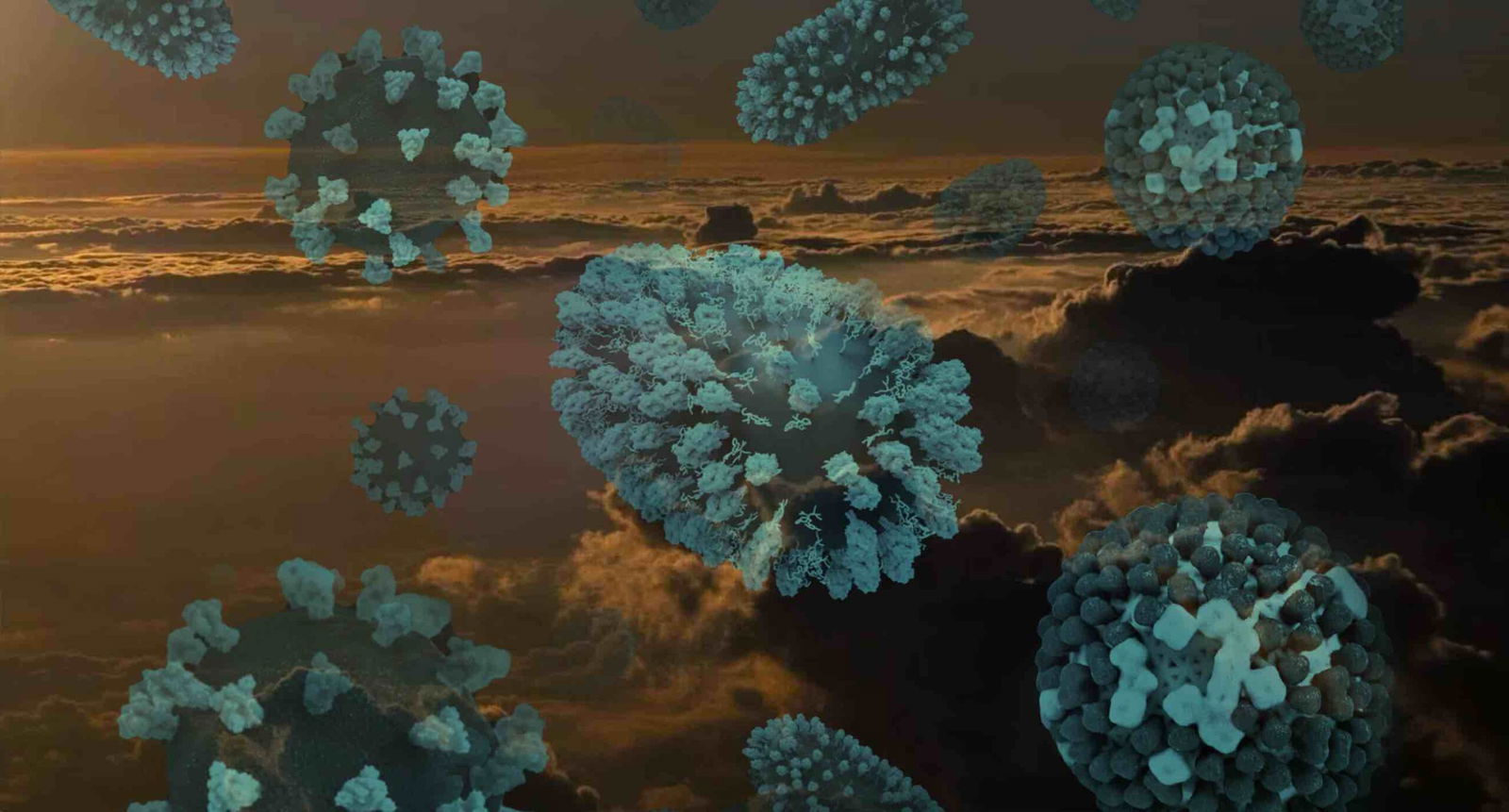New research has revealed high-altitude air in Earth’s atmosphere is teeming with living organisms, a discovery that challenges our views on the dispersal of microbes and their relationship to human health.
The findings, made by an international collective of climate, health, and atmospheric specialists based in Japan and Spain, has revealed Earth’s atmosphere is populated with a surprisingly diverse array of living bacteria, viruses, and fungi.
Discovered at altitudes as high as 1,000 to 3,000 meters, the organisms included several potential human pathogens, revealing their ability to travel over great distances and prompting new concerns about their impact on health and the spread of disease.
Threats from Above
In a pioneering new research effort, researchers Xavier Rodó, Sofya Pozdniakova, Sílvia Borràs, and Roger Curcoll relied on data collected from high altitudes using a chartered aircraft.
According to the team’s study, “10 tropospheric flights over the planetary boundary layer in Japan (between 1,000 m and 3,000 m above sea-level) demonstrate the presence of viable bacteria and fungi harmful to humans.” Based on their findings, the researchers believe that the movement of such organisms over distances of as much as 2,000 km is possible.
The team’s research draws from past studies that already revealed how dust and microbes attached to it can travel vast distances. The new research reveals even more about the potentially wide dispersal of harmful organisms, investigating the extreme heights such organisms can reach, as well as gauging their ability to survive at such altitudes and across great distances.
Air samples the team obtained at high altitudes revealed more than 266 fungal and 305 bacterial genera. Among these, a dominance of Actinobacteria, Bacillota, Proteobacteria, and Bacteroidetes was noted among bacteria, while Ascomycota was particularly prevalent among fungi detected.
The study also revealed the detection of several pathogenic bacteria at such altitudes, including Escherichia coli, Serratia marcescens, and Staphylococcus epidermidis, among others.
Riding the Wind in Earth’s Atmosphere
Another significant finding involved the mobility of these organisms, which are often helped along by strong winds. Given the presence of antimicrobial-resistant bacteria (ARB) in the organisms detected, the team’s findings suggest the possibility of pathogenic spread over significant distances, some of which may also display resistant genes. Fundamentally, the team’s findings point to a previously unrecognized mechanism for the dispersal of harmful microbes across large regions of the Earth.
DNA analysis conducted by the team, which they used to classify the microorganisms they found, revealed that many of the agents were capable of growing in culture, which further points to their potential impact on human health across wide geographical areas.
Significantly, the origins of most of the organisms the team identified during aerial collection flights over parts of Japan were traced to China, helping to confirm that winds had facilitated their spread across distances greater than 2,000 kilometers.
“Natural antimicrobial-resistant bacteria (ARB) cultured from air samples were found indicating long-distance spread of ARB and microbial viability,” the team writes in their study.
“This would represent a novel way to disperse both viable human pathogens and resistance genes among distant geographical regions,” they add.
Potential New Public Health Concerns
The team’s research reveals potentially significant implications, including new public health concerns related to novel ways pathogens and resistant genes may be capable of spreading, as well as how they could reach areas far removed from their point of origin.
Additionally, the team’s findings will likely prompt further investigations into the previously overlooked health risks associated with microbial dispersal at high altitudes, as well as their potential to influence global disease outbreaks.
The team’s study, “Microbial richness and air chemistry in aerosols above the PBL confirm 2,000-km long-distance transport of potential human pathogens,” appeared in Proceedings of the National Academy of Sciences on September 9, 2024.
Micah Hanks is the Editor-in-Chief and Co-Founder of The Debrief. He can be reached by email at micah@thedebrief.org. Follow his work at micahhanks.com and on X: @MicahHanks.

